October 5, 2017
Stop whinging about robots taking your job and develop the skills you need for a new era of work
 A report from researchers at Pearson, Nesta and the University of Oxford called The Future of Skills: Employment in 2030 claims that while the new era of robots, automation and artificial intelligence in the workplace will be disruptive, it will not spell the end of work and people need to develop new skills to meet its challenges. The study claims to take an entirely new approach to forecasting employment and skill demands in the US and UK. In contrast to many recent headlines, the study finds that many jobs today will still be in demand by 2030 and beyond. However, while jobs may remain, the skills needed for success are changing. The researchers combined diverse human expertise with active machine learning to produce a more nuanced view of future employment trends. Using this innovative approach, the study forecasts that only one in five workers are in occupations that face a high likelihood of decline.
A report from researchers at Pearson, Nesta and the University of Oxford called The Future of Skills: Employment in 2030 claims that while the new era of robots, automation and artificial intelligence in the workplace will be disruptive, it will not spell the end of work and people need to develop new skills to meet its challenges. The study claims to take an entirely new approach to forecasting employment and skill demands in the US and UK. In contrast to many recent headlines, the study finds that many jobs today will still be in demand by 2030 and beyond. However, while jobs may remain, the skills needed for success are changing. The researchers combined diverse human expertise with active machine learning to produce a more nuanced view of future employment trends. Using this innovative approach, the study forecasts that only one in five workers are in occupations that face a high likelihood of decline.






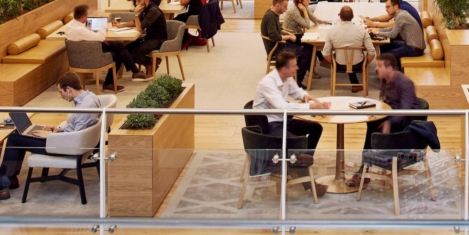
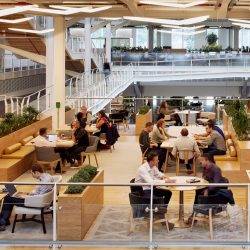




 Work is the biggest barrier to taking regular exercise a new survey suggests, with 20 percent of people citing being too busy with work as the reason why they are not more physically active. The research, which is published by not-for-profit health body ukactive to mark today’s National Fitness Day 2017 also reveals that only 1 in 10 adults (12 percent) know NHS recommended physical activity guidelines and well over half of Brits spend at least six hours each day sitting down. In addition to shunning exercise, more than 64 percent of adults spend at least six hours each day sitting, be it at work, in front of the TV, commuting or on social media. The average UK adult also spends more than twice as much time sitting on the toilet as they do exercising, with the study of 2,004 British adults by ComRes reveals that British adults say they are on the loo for an average of 3 hours and 9 minutes each week, compared to just 1 hour and 30 minutes spent doing moderate exercise such as fast walking or riding a bike.
Work is the biggest barrier to taking regular exercise a new survey suggests, with 20 percent of people citing being too busy with work as the reason why they are not more physically active. The research, which is published by not-for-profit health body ukactive to mark today’s National Fitness Day 2017 also reveals that only 1 in 10 adults (12 percent) know NHS recommended physical activity guidelines and well over half of Brits spend at least six hours each day sitting down. In addition to shunning exercise, more than 64 percent of adults spend at least six hours each day sitting, be it at work, in front of the TV, commuting or on social media. The average UK adult also spends more than twice as much time sitting on the toilet as they do exercising, with the study of 2,004 British adults by ComRes reveals that British adults say they are on the loo for an average of 3 hours and 9 minutes each week, compared to just 1 hour and 30 minutes spent doing moderate exercise such as fast walking or riding a bike. Research published to mark the beginning of
Research published to mark the beginning of 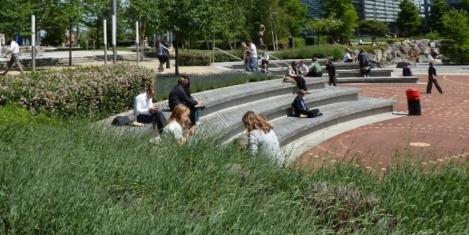
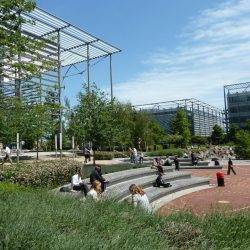

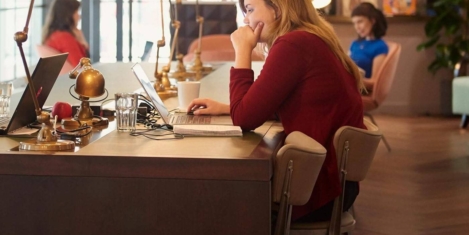












October 4, 2017
Convergence of work and life defines September London workplace design shows
by Paul Goodchild • Comment, Events, Flexible working, Furniture, Workplace design
(more…)